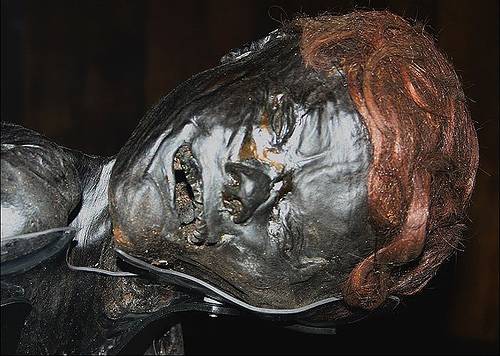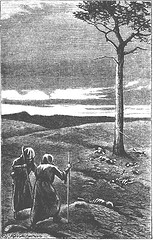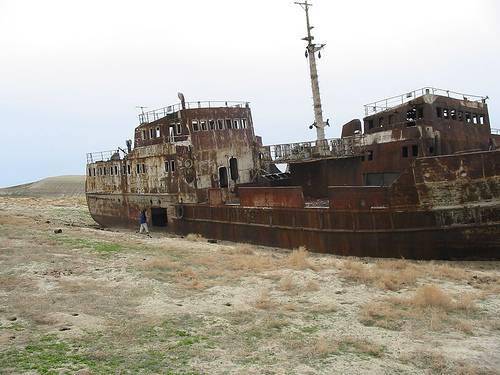In 1969, French author Georges Perec wrote a 300-page novel without the letter e:
Noon rings out. A wasp, making an ominous sound, a sound akin to a klaxon or a tocsin, flits about. Augustus, who has had a bad night, sits up blinking and purblind. Oh what was that word (is his thought) that ran through my brain all night, that idiotic word that, hard as I’d try to pin it down, was always just an inch or two out of my grasp — fowl or foul or Vow or Voyal? — a word which, by association, brought into play an incongruous mass and magma of nouns, idioms, slogans and sayings, a confusing, amorphous outpouring which I sought in vain to control or turn off but which wound around my mind a whirlwind of a cord, a whiplash of a cord, a cord that would split again and again, would knit again and again, of words without communication or any possibility of combination, words without pronunciation, signification or transcription but out of which, notwithstanding, was brought forth a flux, a continuous, compact and lucid flow: an intuition, a vacillating frisson of illumination as if caught in a flash of lightning or in a mist abruptly rising to unshroud an obvious sign — but a sign, alas, that would last an instant only to vanish for good.
Remarkably, La Disparition has been translated into six different languages, each imposing a similar constraint — the Spanish, for instance, contains no a, and the English, here, no e.






